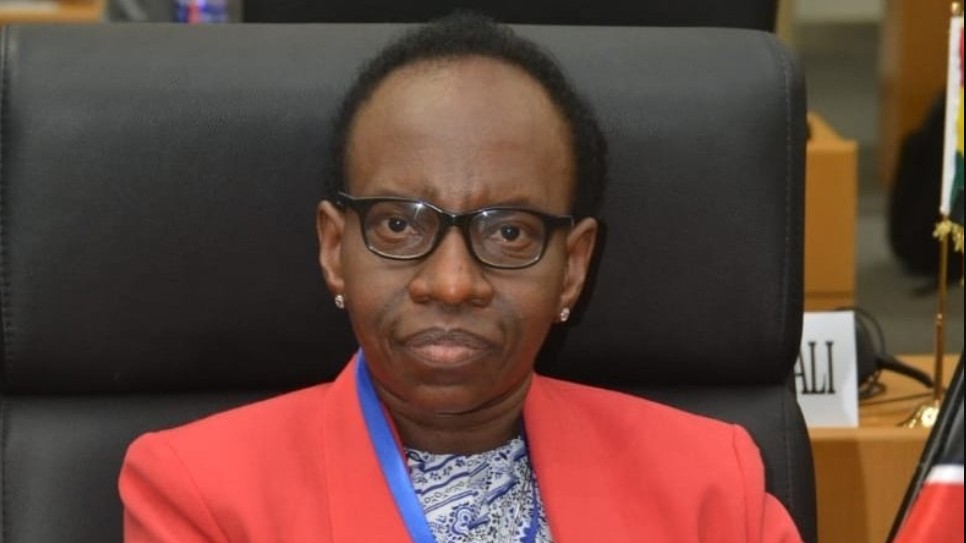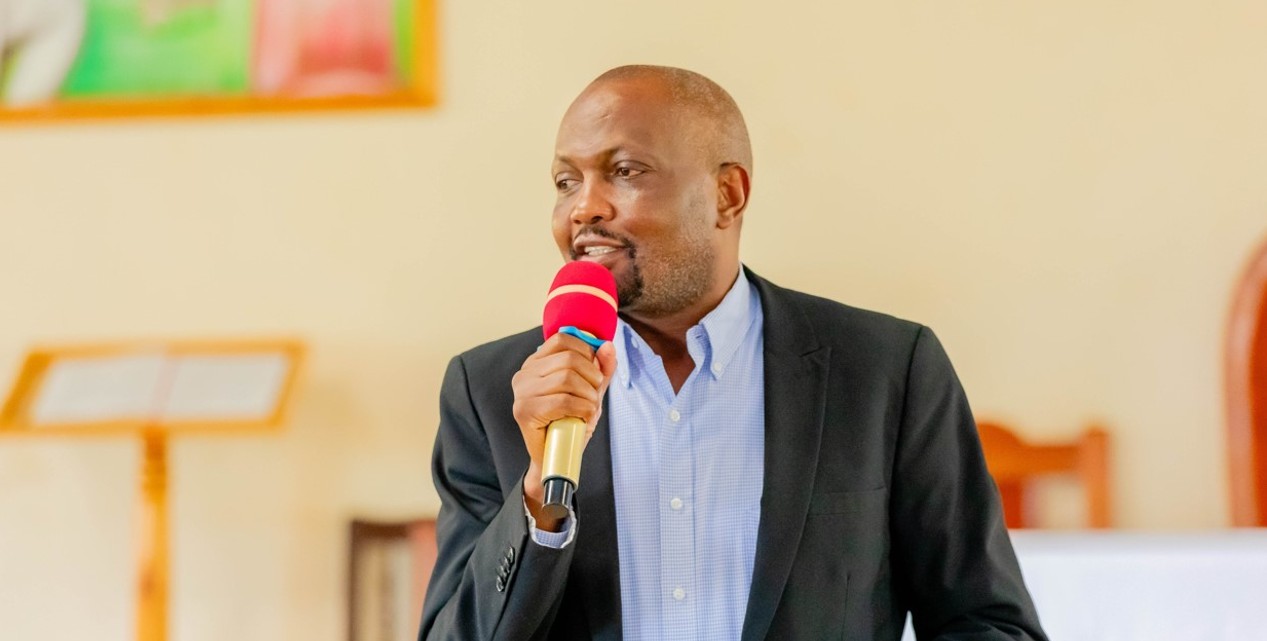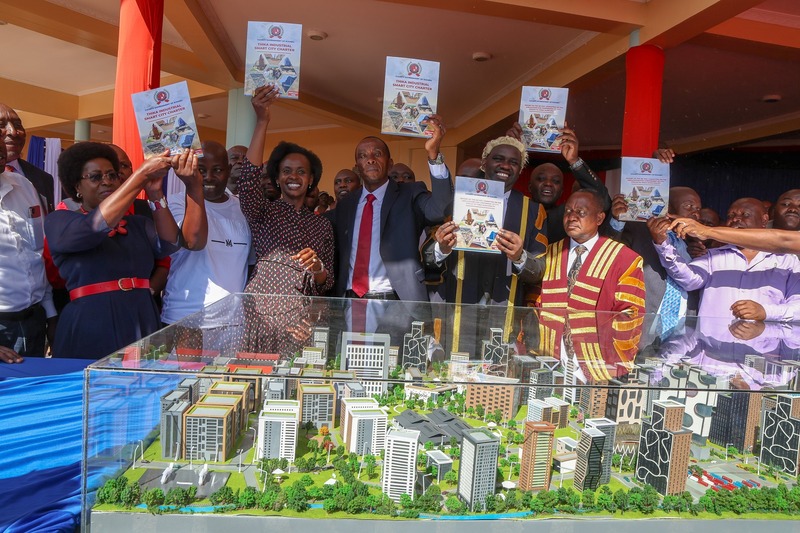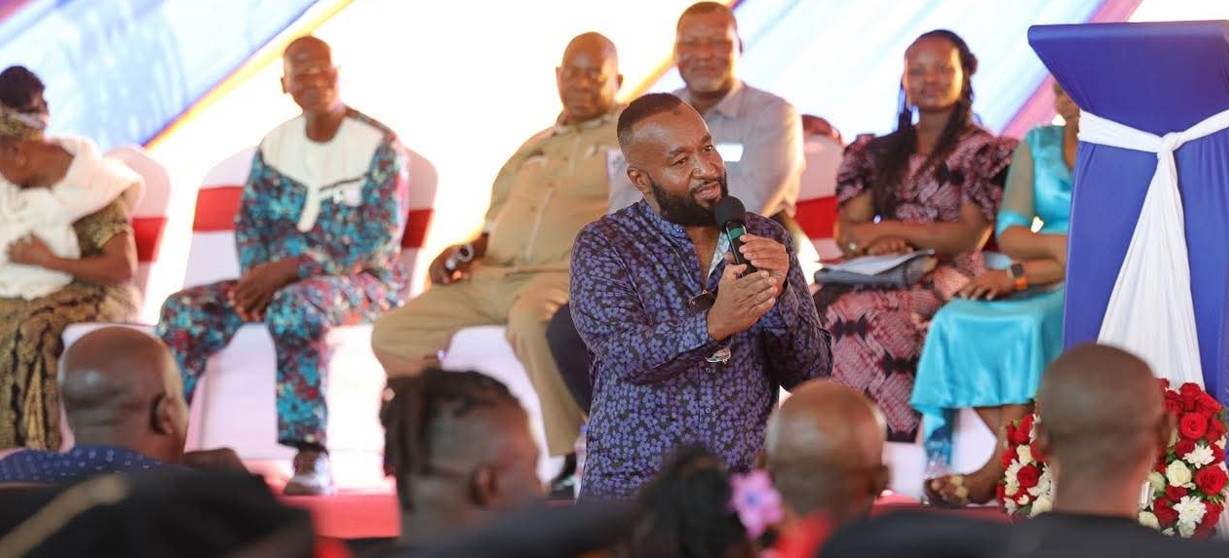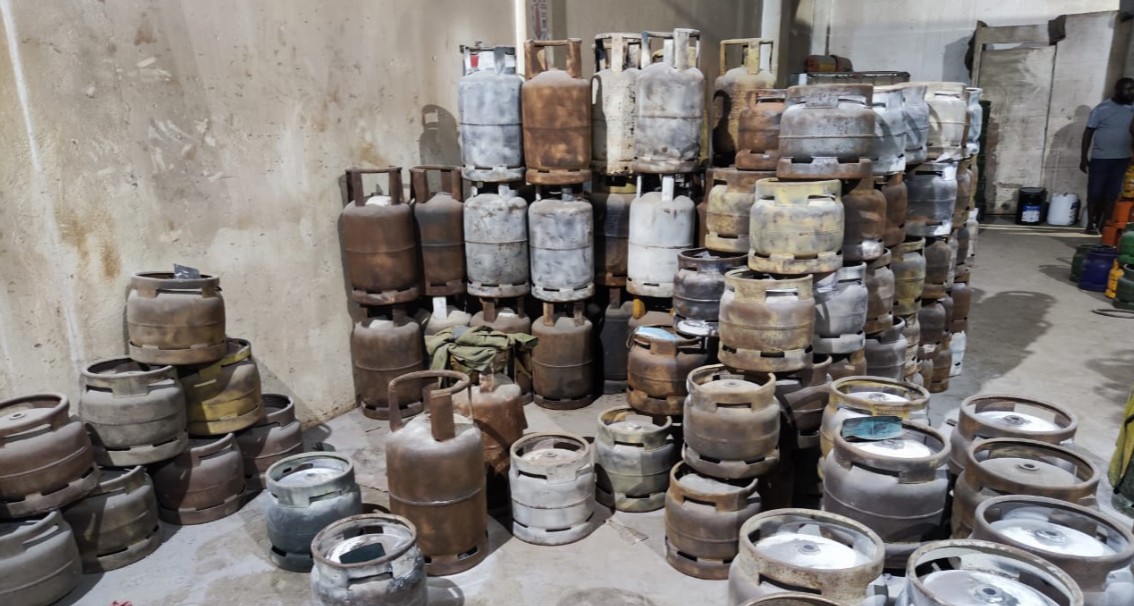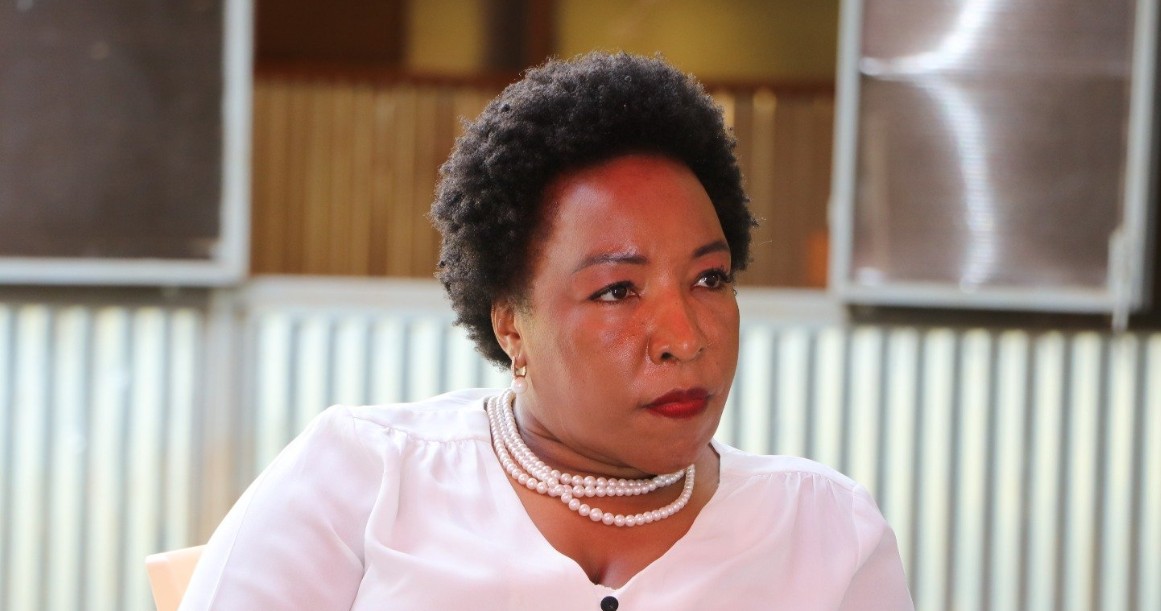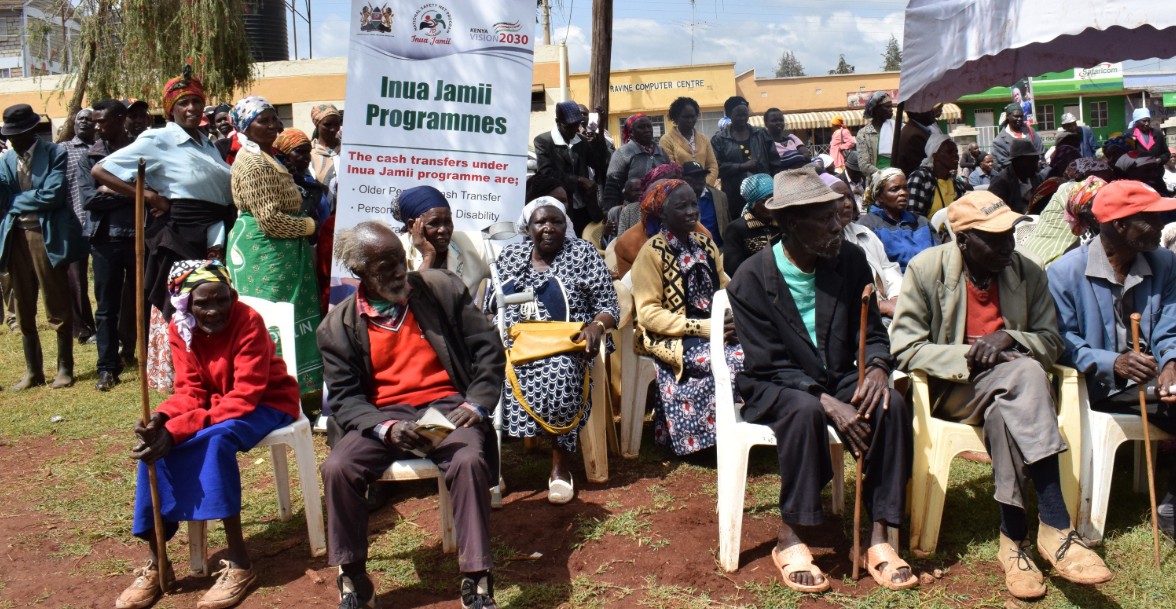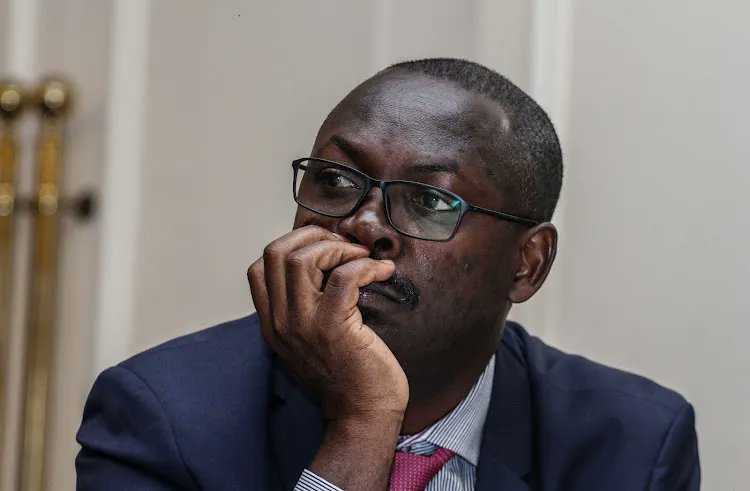Government invests Sh90 billion in affordable housing projects backed by Sh120 billion levy collection
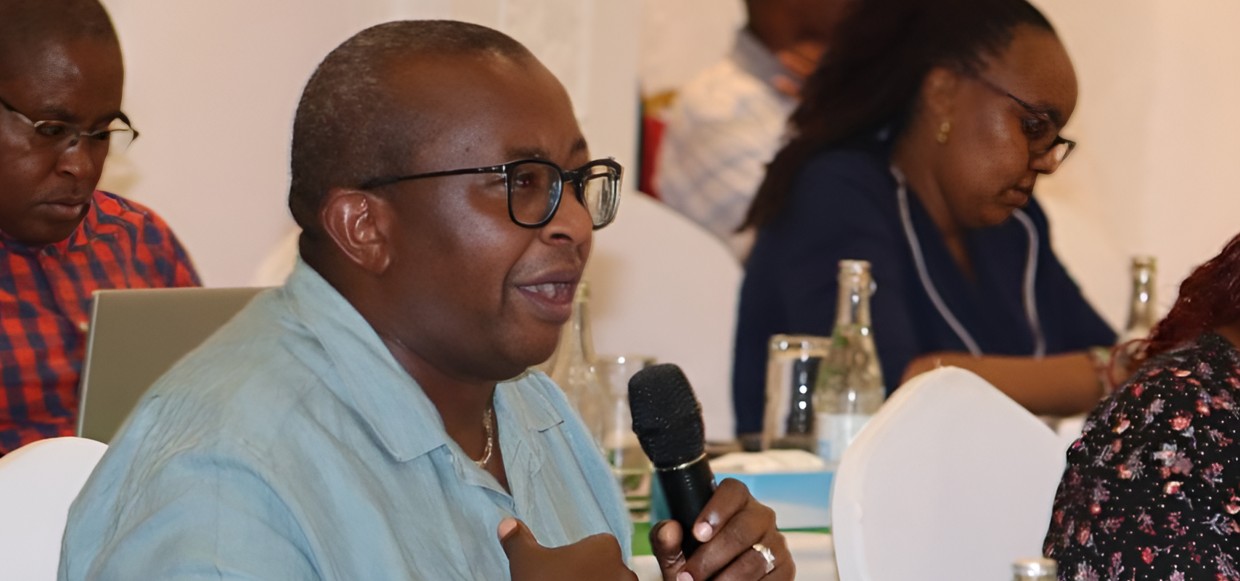
The funding boost follows a March warning from a parliamentary committee that the programme faced a Sh16.9 billion shortfall, putting stipend payments at risk between March and June 2025.
The government has collected approximately Sh120 billion through the affordable housing levy and has already spent Sh90 billion on housing projects across the country.
Housing Principal Secretary Charles Hinga said the funds are actively supporting the construction of over 148,000 housing units, with even more planned nationwide.
More To Read
- State stops market projects funded by housing levy, agrees to refund money after COTU talks
- Government triples police and prisons housing budget to Sh3.5 billion
- Affordable housing drive boosted as housing receives Sh128.3 billion in 2025/26 budget
- Governors back Ruto’s plan to use housing levy for building markets, social infrastructure
- COTU denies role in drafting affordable housing regulations, demands proof from PS Hinga
- Government defends housing levy for markets amidst COTU misuse claims
He was speaking while appearing before the National Assembly Departmental Committee on Housing, Urban Planning and Public Works during a meeting held at the Serena Hotel in Mombasa.
“But as we move forward and the number of completed units increases, payments for these houses are also rising. We anticipate a time when the inflow from house payments will exceed what we collect from the levy,” Hinga said.
The meeting, chaired by Emurua Dikirr MP Johana Ng’eno, brought together key stakeholders to evaluate the progress of the affordable housing programme, which is now active in 44 counties.
Ng’eno said the meeting aimed to connect legislators with regional project leads to give them a clearer understanding of the implementation status across counties.
“This was a critical engagement. Most of the regional representatives had never met the committee. Members needed to connect with them to better understand the progress in their constituencies,” he said.
Housing units
Hinga reported that the affordable housing initiative has so far delivered more than 200,000 units, with 148,000 currently under active construction. He said a further 700,000 housing units have been planned, with specific locations and land parcels already identified.
“We are operational in 44 out of 47 counties. For the remaining three, we have advertised tenders. So, it’s only a matter of time before all counties are fully covered,” he said.
The PS described the programme as a key driver of economic growth due to its extensive value chain.
“Almost every component of a house—whether it’s a bulb, a socket, a hinge—can be an industry by itself if done at scale,” Hinga said.
To boost local manufacturing, the ministry noted that it has ring-fenced Sh11 billion for jua kali artisans to supply three main construction items—doors, windows and balustrades. He added that 69 different components had been identified for local production.
Hinga also highlighted increased demand for elevators within the programme, revealing that government projects alone now require 2,750 lifts compared to the national average of 750 before the initiative.
“That’s almost four times the national demand. We are now inviting global lift manufacturers to set up local assembly plants or even full-scale production facilities in Kenya to meet this demand and create technical jobs,” he said.
Lower deposit
Recently, the government agreed to lower the deposit requirement for salaried workers purchasing homes through the programme, from 10 per cent to five per cent. This followed consultations with the Central Organisation of Trade Unions (COTU), which had raised concerns over the funds being used outside their scope.
Hinga acknowledged concerns raised by workers who felt they were being subjected to the same interest terms as non-contributors. He assured the committee that ownership is guaranteed once payment is completed.
“If you complete your payments over 13 years, you will get the title deed. That’s generational wealth. It’s how we build a nation—families inheriting homes,” he said, likening the model to the “American Dream.”
To make the homes more accessible, individuals earning less than Sh25,000 monthly can apply for deposit support through the Affordable Housing Board.
Meanwhile, those earning between Sh20,000 and Sh150,000 are eligible for fixed-rate mortgages at six per cent, well below commercial rates, which average around 15 per cent.
Top Stories Today
Reader Comments
Trending
